
NASA's Saturn-bound spacecraft Cassini, recently had a successful flyby of the planet's icy and geologically active moon - Enceladus. The spacecraft has now started to transmit the latest images which give a deep insight about Saturn and its natural satellite.
Cassini is transmitting numerous images of Enceladus with every detail to Earth. In October, Cassini swooped quite low over the small moon's south pole, where dozens of geysers are continuously hurling salty water in to the space. A massive ocean is believed to be hidden under the icy surface of the moon- which is an indication that microbial life may be present on Enceladus.
Here are the first breathtaking images from Cassini's close encounter with Enceladus, Saturn's 'geyser moon':
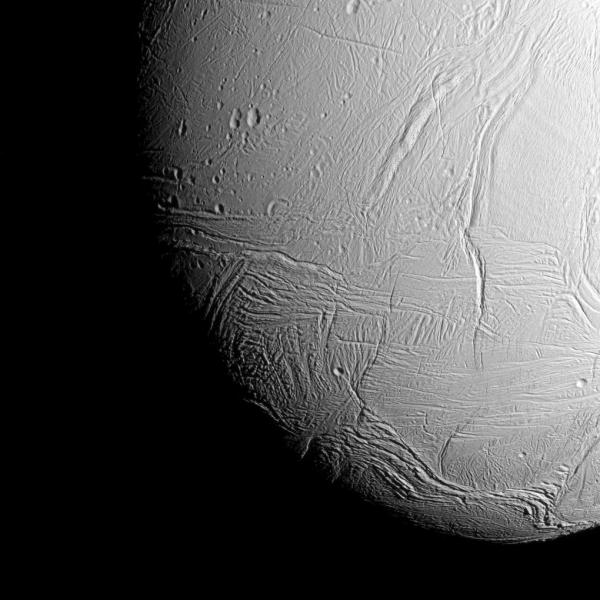
Photo: NASA/JPL-Caltech/Space Science Institute
The south polar region of Saturn's active, icy moon Enceladus awaits NASA's Cassini spacecraft in this view, acquired on approach to the mission's deepest-ever dive through the moon's plume of icy spray.
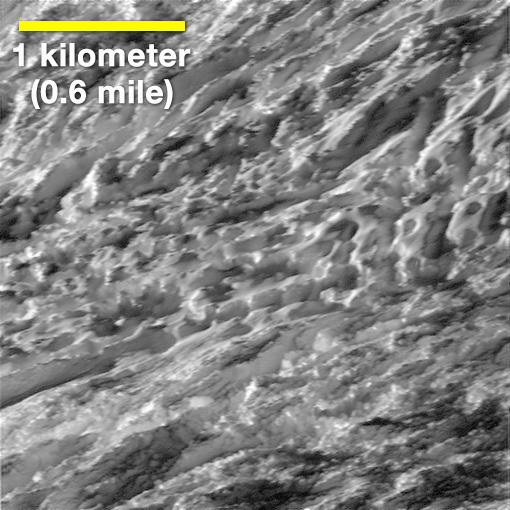
Photo: NASA/JPL-Caltech/Space Science Institute
The Cassini spacecraft captured this view of the icy, rugged surface of Enceladus as it raced by just 77 miles (124 kilometers) from the surface.:
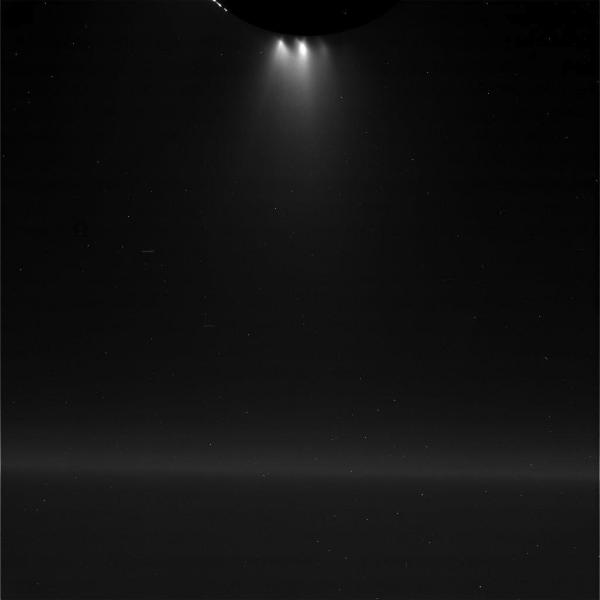
Photo: NASA/JPL-Caltech/Space Science Institute
Glowing plumes of spray appear above to jet from the dark surface of Enceladus in this unprocessed image acquired by the Cassini spacecraft on 28 October, 2015.
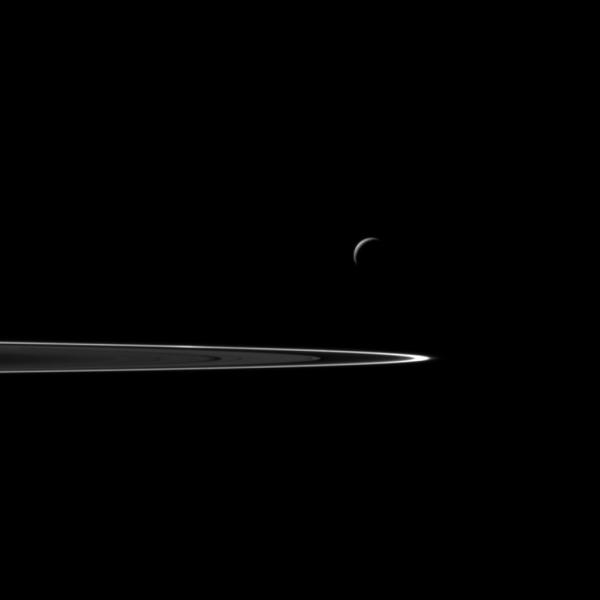
Photo: NASA/JPL-Caltech/Space Science Institute
Following a successful close flyby of Enceladus, the Cassini spacecraft captured this beautiful image of the icy moon with Saturn's rings beyond.


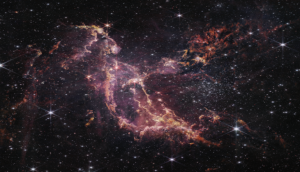




![BJP's Kapil Mishra recreates Shankar Mahadevan’s ‘Breathless’ song to highlight Delhi pollution [WATCH] BJP's Kapil Mishra recreates Shankar Mahadevan’s ‘Breathless’ song to highlight Delhi pollution [WATCH]](https://images.catchnews.com/upload/2022/11/03/kapil-mishra_240884_300x172.png)

![Anupam Kher shares pictures of his toned body on 67th birthday [MUST SEE] Anupam Kher shares pictures of his toned body on 67th birthday [MUST SEE]](https://images.catchnews.com/upload/2022/03/07/Anupam_kher_231145_300x172.jpg)






